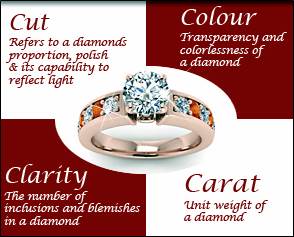Anyone shopping for a diamond quickly learns diamonds have four characteristics known as the four C’s:

Like a diamond, mediation is incredibly valuable and has its own 4 C’s:
Confidentiality
Candor
Creativity
Collaboration
Confidentiality
Confidentiality is what makes mediation work. Anything said in mediation cannot later be used in a court. If the parties do not settle, the court will never hear that the defense made a settlement offer of a certain amount or that Applicant was willing to accept certain settlement terms. Similarly, documents created solely for the mediation cannot be used in court.
Typically, the mediator will ask all participants (not just parties) to sign a confidentiality agreement at the beginning of the mediation. But confidentiality doesn’t start or end on mediation day. Any communications prepatory to the mediation or following up the mediation are also confidential.
Candor
Confidentiality promotes candor. Because disclosures in mediation cannot be used against a party, parties can be more forthright in discussing the weaknesses of their case. This usually happens in caucus, when parties are with the mediator, and the other side is in another room. Parties must give permission for the mediator to convey information to the other side. Candid discussions in mediation are more likely to lead to settlement compared to the posturing that often happens in litigation.
Creativity
When parties get down to the real work of negotiation, discussions with the mediator can lead to new ideas about how to resolve the issues. This can include non-monetary benefits or utilizing third-party resources, such as public health benefits. Often these are options the parties had not previously considered.
Collaboration
Settlements result when both sides buy in to new ways of looking at the issues. Parties are at their most collaborative and creativity can really explode when parties re-convene for a brainstorming session. That’s the time to come up with a range of possible solutions and hammer out the best one.










